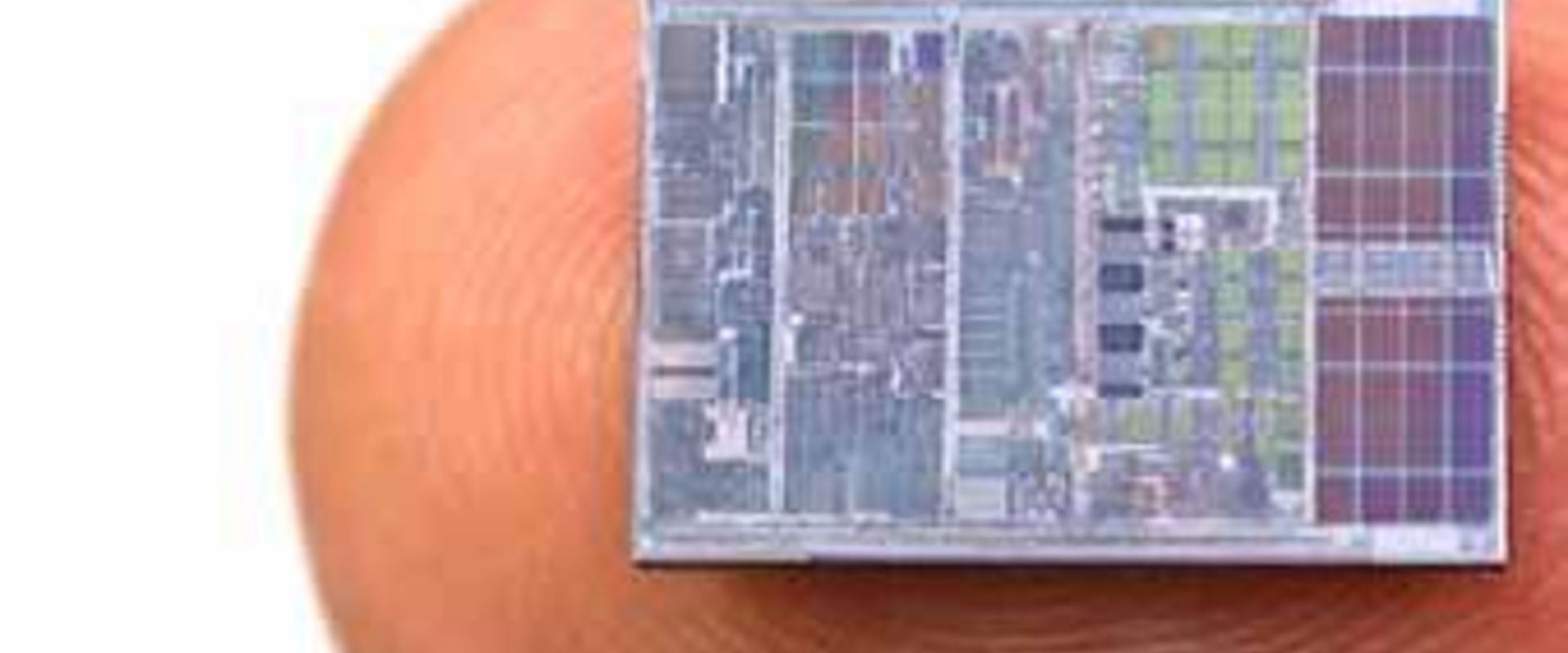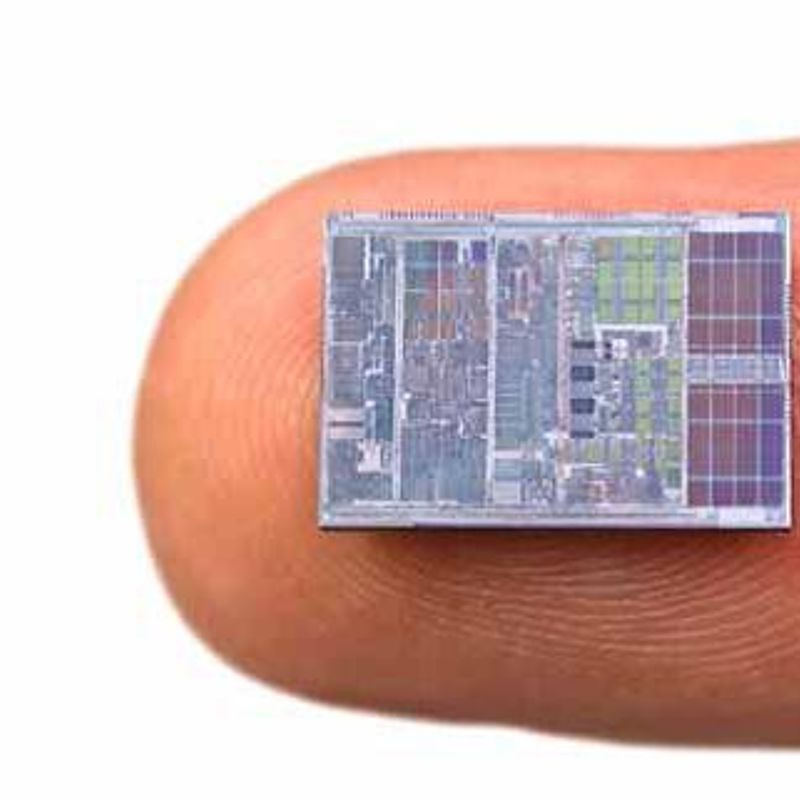
Innovation in 3D analysis
Challenge
The electronics industry aims to develop ever smaller, more powerful and efficient devices, and is keen to use new organic materials alongside conventional components. Existing measurement methods – designed for silicon based electronics – are unsuitable for these organic materials. Therefore, in order to accurately specify the performance of organic components, new traceable 3D nanoscale chemical, and electrical imaging methods need to be developed.
Secondary ion mass spectrometry, a technique that measures the chemistry of surfaces, can now use newly developed argon cluster sputtering to gently remove surface layers, and produce ions for analysis. This generates information on a layers chemistry and structure, but it lacks the procedures needed to make measurements reliable.
Solution
The EMRP project Traceable characterisation of nanostructured devices, investigated the use of this new 3D analysis tool for organic materials based on argon cluster sputtering and mass spectrometry. Using reference materials from the EMRP project Surface Chem, the team derived a universal equation which allows an important measurement parameter to be deduced from the ion beam energy, and the number of atoms in the cluster. This approach enables robust and reliable measurements of how the chemistry, and structure of organic samples change below their surface.
Subsequent research in a UK government funded project 3D OrbiSIMS enabled the project team to apply the ‘universal equation’ to a new innovative mass spectrometry instrument, improving control of the analysis beam. The innovative 3D OrbiSIMS instrument has the highest simultaneous spatial and mass resolving power for organic materials achieved to date. This is an important development in mass spectrometry analysis, and will enable greater accuracy in the characterisation of complex subsurface organic nanolayer chemistry.
Impact
Global pharmaceutical company, GSK, has gone on to use the 3D OrbiSIMS in drug release studies, and as a result, has gained a better understanding of how drugs are taken up in the body after administration. The GSK research discovered that the way drugs enter the circulation after administration can differ between species in pre-clinical testing. An important finding for drug efficiency studies, made possible by the development of this innovative new analysis technique, and the understanding of its applications.
Andy West, Head of ex-vivo Bioimaging GSK UK, says “Studying how compounds are distributed, and the effects they have within tissues and cells is key. For a drug to be effective it must reach its target at the right time, and at a sufficient concentration. We can now create 3D images of drug molecules in tissues at better than cellular resolutions. This means we can monitor the uptake of drugs into target cells enabling changes to maximise effective drug adsorption.”
- Category
- EMRP,
- New Technologies,
